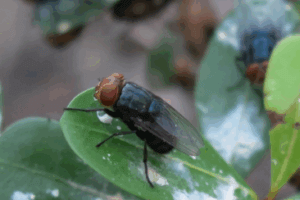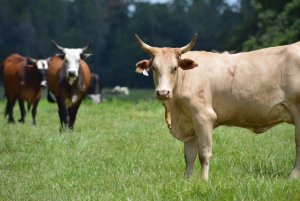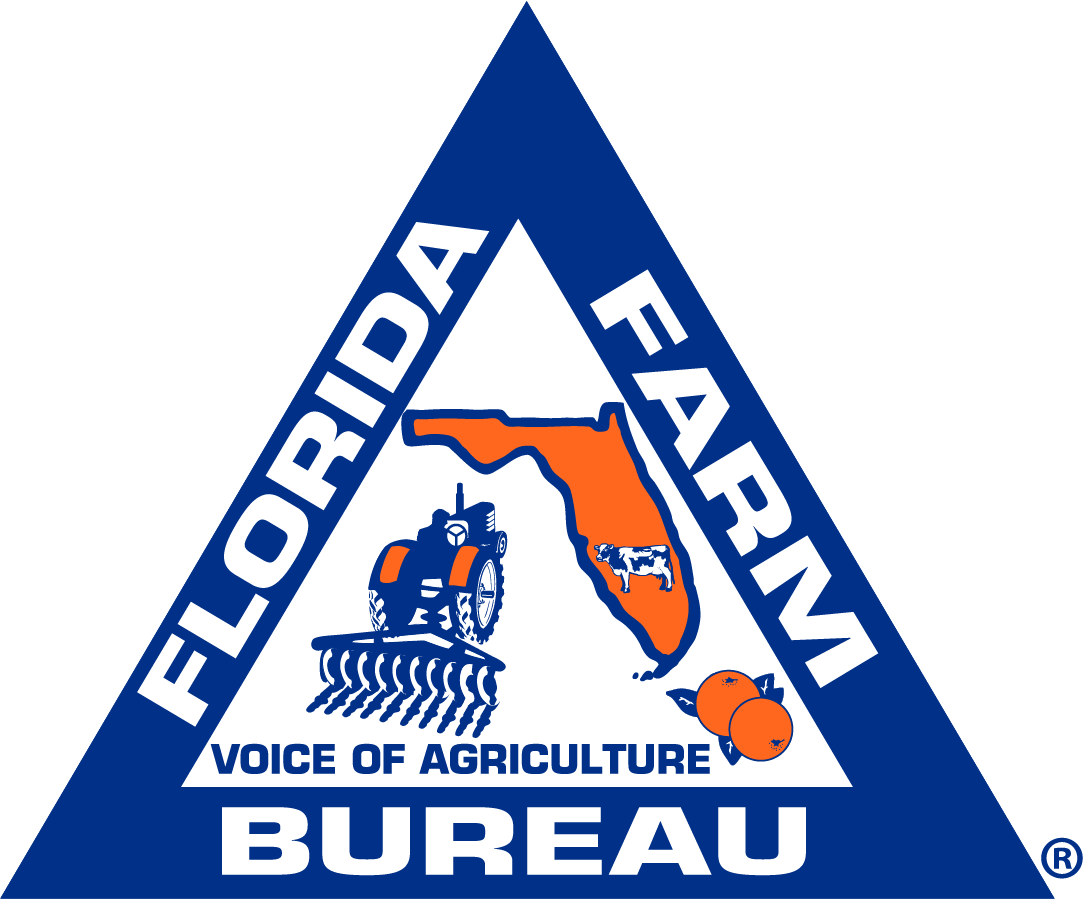New World Screwworm
What is the New World Screwworm?
 The New World screwworm (NWS) is a flesh-eating parasite that targets warm-blooded animals. It is endemic to Cuba, Haiti, the Dominican Republic and countries in South America and has spread northward to Costa Rica, Guatemala, Nicaragua, Belize, El Salvador and, more recently, Mexico.
The New World screwworm (NWS) is a flesh-eating parasite that targets warm-blooded animals. It is endemic to Cuba, Haiti, the Dominican Republic and countries in South America and has spread northward to Costa Rica, Guatemala, Nicaragua, Belize, El Salvador and, more recently, Mexico.
How to identify the New World Screwworm
According to the Florida Department of Agriculture and Consumer Services (FDACS), screwworm eggs are creamy and white and deposited in a shingle-like manner on or near the edges of superficial wounds. The larvae are cylindrical with one pointed end and one blunt end and have rings of dark brown spines around the body. Female screwworm flies are larger than a housefly with a dark blue to blue-green body and reddish-orange head.
 Who is impacted by the New World Screwworm?
Who is impacted by the New World Screwworm?
Anyone raising warm-blooded animals could potentially be affected. The NWS can infest livestock, wildlife, pets and in rare cases, even people.
Why is it important to be aware of the New World Screwworm?
It’s important to remember that NWS infestation is treatable, and if caught early, the devastating impacts can be minimized. Diligence in surveillance and identification, and proper reporting, can help limit the spread of NWS through timely mitigation.
This page includes information about the screwworm and helpful links from trusted sources. More information will be added as it becomes available.
Who to Contact:
Anyone who suspects the presence of screwworms or has questions or concerns can contact the Florida Department of Agriculture (FDACS):
- By phone during office hours: (850) 410-0900
- By phone after hours: 1-800-342-5869
- Via email: [email protected]
- Report online at: www.FDACS.gov/RAD
Wildlife Reports
To report sick or injured wildlife, including a suspected screwworm infestation, call the Florida Fish and Wildlife Conservation Commission (FWC) at 1-888-404-FWCC (3922) or email the Wildlife Health Team at [email protected].
Resources
About the New World Screwworm
FDACS New World Screwworm in Florida
Economic Impact of the New World Screwworm
Texas Farm Bureau resources
New World Screwworm Outbreak in Central America and Mexico

